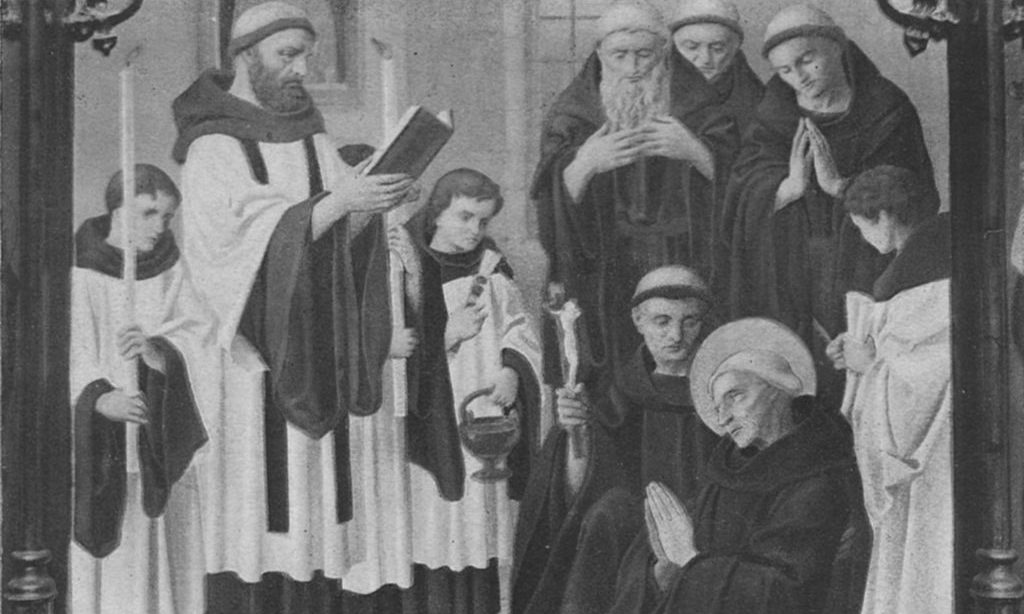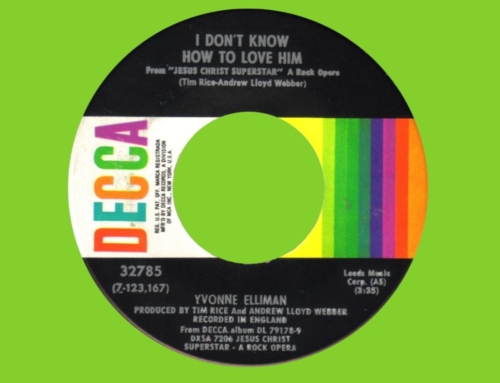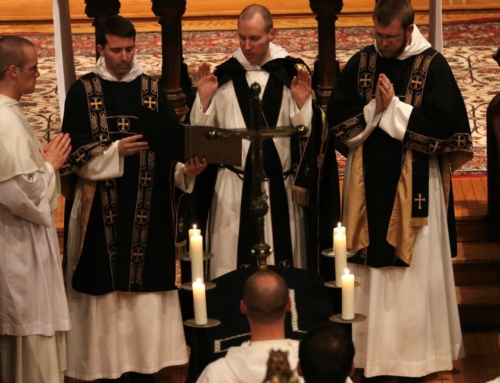Walking through the windy city in a cassock— with his messy hair and unruly beard, Tom Chiarella must have cut a figure like “Father James” in the movie Calvary. This was his own ad hoc sociology experiment to see what wearing different “uniforms” would call out of bystanders, and even himself. Uniquely, the cassock seemed to glue peoples’ eyes to him. Chiarella recounts how it drew people spontaneously to seek help and mercy from him.
Without being too dramatic, I can definitely sympathize with him. In a certain way, I too am an imposter. In the eyes of the faithful, I wear clothing that most take to be priest clothing. But I am not a priest.
My experience is that when people see you in a habit, they see “Father,” and they ask you for your intercession. They come and share their sorrows with you. They ask for prayers. After Mass last Sunday, a man came up to me and asked for confession. (I soften the blow: Oh, actually, I’m not a priest. But the friar over there is. Perhaps you should ask him.) The author of the article had the same experience. He wrote, “Twice I was asked for a blessing that I could not give. Not in the way they wanted.” Realizing that he could not be for them what they wanted—and needed—he said: “It still makes me sadder than I could have imagined.”
As Dominican friars we are taught about the distinction between religious life and priestly character. Strictly speaking, my religious habit is a sign of my religious consecration, which is founded on the vows of obedience, chastity and poverty, and not on the priestly character imparted at ordination, which is a spiritual power to do certain actions, for instance, to consecrate the Eucharist and forgive sins.
Yet the ordinary person still sees me as a “priest.” Since I became a novice, I’ve had people ask if I’m a priest. And since then I’ve heard this question, which is also a complaint: Does your habit change when you become a priest? Isn’t there some way to tell you apart? (For Dominicans, the answer is “no.”) The faithful sometimes bear the frustration of seeing one thing (“a priest”) and encountering another (“a brother”). They want to be able to “see” who the priest is.
And when people see the “priest” they see a holy man. I don’t mean a man whose personal holiness is of a great quality. Personal holiness may often be assumed, but this isn’t the essential part. The point is that the priest’s job is holiness. The priest is a man whose very identity is to act as a bridge between God and man. St. Thomas Aquinas defines a mediator as someone who unites two extremes. The priest unites God and sinful men.
There’s a saying that the habit doesn’t make the monk. Nor does the cassock make the priest. After all, Christ accomplished the highest priestly act while stripped naked and nailed to the Cross. I remember the first time I saw, while a novice, a depiction of Jesus Christ the High Priest. There He is, nailed to the Cross—dressed in full priestly vestments, the maniple hanging from His left forearm, the chasuble and stole brushing his feet.
We could see this artwork as quaint piety, kitsch masquerading as art. Imagine depicting a first-century Jewish man as a 1950s Catholic priest! I was reminded of it again this summer as I spent time in our friars’ chapel at St. Louis Bertrand Priory, where there is a similar crucifix. In my experience, I have found the faithful very open, and even edified by such depictions, for it gives them the chance to contemplate a reality that is essentially invisible: the sacrificial intention that Christ bore upon the Cross, which, because He offered it to the Father out of love, won us peace before God.
And men thirst for this. They want this. When people see the cassock—or the habit—it is this that they want. They want something deeper than even the cleverest sociological experiment can give them; they want God.
The psalm describes Christ’s priesthood mysteriously, saying, you are a priest forever, according to the line of Melchizedek. Christ was made a priest simply by His Incarnation. If the priest’s job is to be a mediator, one who “unites extremes,” we know that Christ, as the God-man, united God and man in His own Person, from the time He was conceived in Mary’s womb.
When I was a novice, I vigorously opposed being called “father.” I didn’t want to be an impostor. As a transitional deacon, I gently suffer it. Over the past five years I have been slowly formed to take on the role of a mediator. Such naming reminds me of what the faithful very shortly will expect from me.
The priest is simply “another Christ,” an alter Christus, a man who is anointed that he may carry on the true Priest’s saving work. This is the reality that people seek when they seek after the priest. It is only the priest who can give it to them.
✠
Image: Death of St. Bede, from Project Gutenberg eText 16785 (The Project Gutenberg EBook of Our Catholic Heritage in English Literature of Pre-Conquest Days, by Emily Hickey), public domain.







